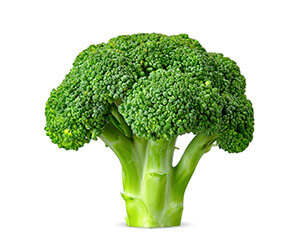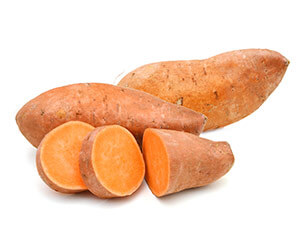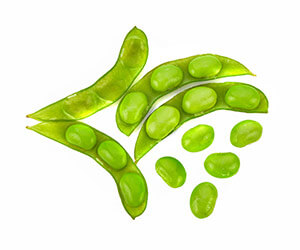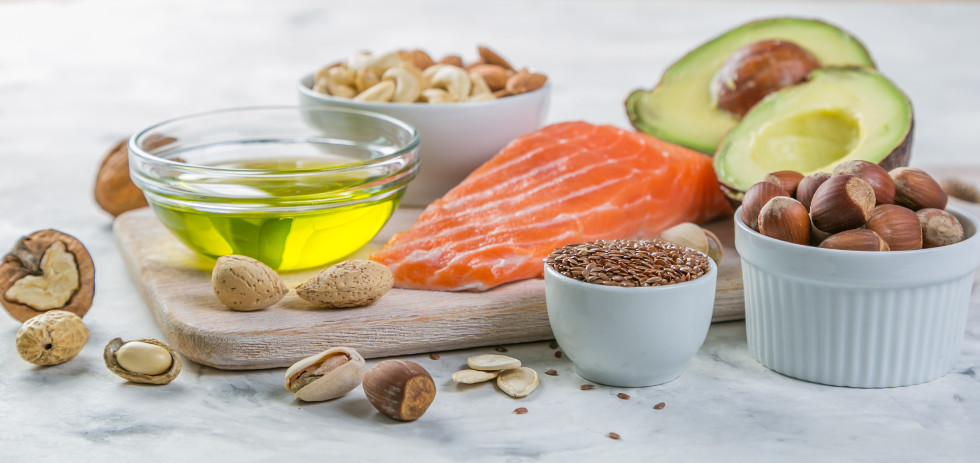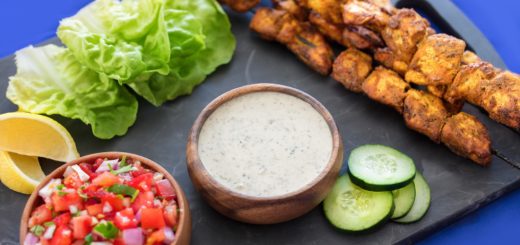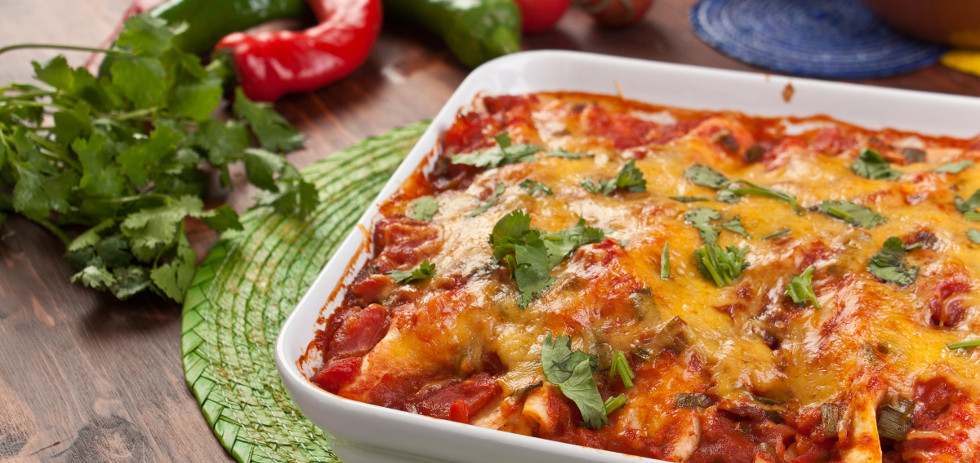9 Top Vegetables: Fight Cancer, Slow Aging, And Boost Energy
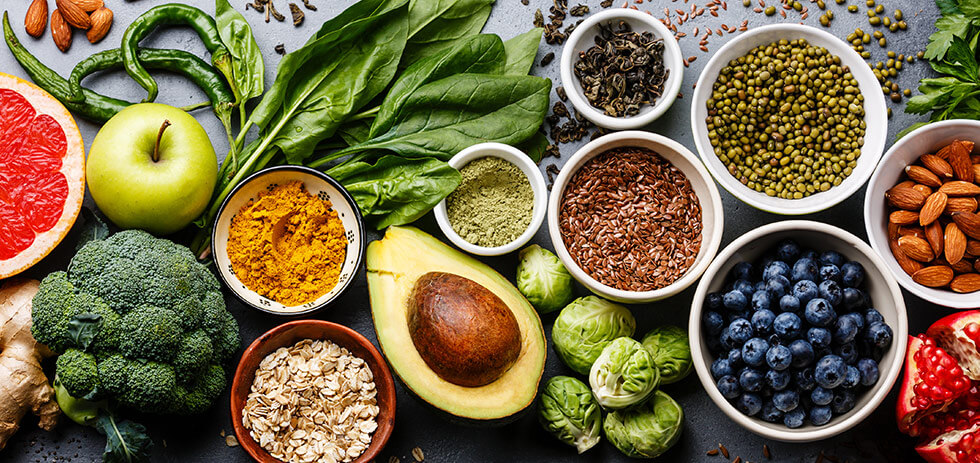
We want you to think back to the last five vegetables you ate. Can you list them? Unfortunately, most Americans limit their veggies to iceberg lettuce, tomato sauce, and the starchy potatoes found in french fries.
New York Times writer Jane E. Brody shared that, “Vegetables are loaded with vital nutrients: potassium, beta-carotene (the precursor of vitamin A), magnesium, calcium, iron, folate (B vitamin) and vitamins C, E and K, as well as antioxidants and fiber” in her article titled, “Even Benefits Don’t Tempt Us to Vegetables.” Brody also explained that veggies provide excellent nutrients at “….minimal caloric cost, an important attribute in a society where obesity is ballooning out of control.”
While we may agree with Brody’s research, some may want to know how to: 1. choose the best vegetables, and then 2. prepare those vegetables to preserve nutrients.
Let’s start with nine easy-to-find vegetables that pack a punch of nutrients at the dinner table:
Top 9 Healthiest Vegetables
Broccoli
One medium stalk of broccoli can help build your bones. Containing about 92 percent of your daily vitamin K, about 85 percent of your recommended daily dose of vitamin C for cooked broccoli, and 65 percent for raw broccoli.
Spinach
Spinach contains lutein and zeaxanthin, two immune-boosting antioxidants important for strong eye health. Recent research found that among cancer-fighting fruits and veggies, spinach is very effective.
Red Bell Peppers
Red bell peppers are an excellent source of vitamin A (beta-carotene) as well as vitamin C, vitamin B6, and potassium just to name a few.
Sweet Potatoes
As being high in the antioxidant beta-carotene that supports healthy vision, sweet potatoes may also help slow the aging process and reduce the risk of certain cancers. They are also a great source of fiber, vitamin B6, manganese, and potassium.
Avocados
Avocados are rich in oleic acid which is a monounsaturated fatty acid that has been associated with reducing inflammation in the body. Also, they may help lower your bad cholesterol up to 22 percent., raise your good cholesterol up to 11 percent, and shown to have beneficial effects on genes linked to cancer.
Kale
This deep green superfood is high in vitamins and minerals that many people don’t get enough of. Kale is loaded with powerful antioxidants like quercetin and kaempferol which have powerful heart-protective, lowering blood pressure, anti-inflammatory, anti-viral, anti-depressant, and anti-cancer effects.
Onions
Offering the plant chemical quercetin, onions have been found to fight inflammation. They also contain antioxidants and may protect against a wide variety of diseases including cancer.
Edamame
As immature soybeans, edamame has high protein content with providing a person around 18.5 grams of protein in one cup of cooked edamame. They are also low in carbs, therefore, they are suitable for people to consume with having type 2 diabetes, as well as those who follow a low-carb diet.
Pumpkin
Overflowing in antioxidants, this winter squash may not only reduce your risk of chronic diseases, pumpkin may also promote weight loss, benefit your heart with its high potassium, vitamin C and fiber content, and promote healthy skin.
We have some nice healthy vegetable options, but do we know how to prepare them to preserve their nutrients? Let’s find out if steaming, cooking, or keeping them raw is best.
Preparing And Preserving Nutrients In Vegetables
In a New York Times article written by Tara Parker-Pope, Ask Well: Does Boiling or Baking Vegetables Destroy Their Vitamins, she explains that many people believe raw vegetables contain more nutrients than cooked vegetables, but it actually depends on the type of nutrient.
She referenced a study of 200 people in Germany who ate a raw food diet, and found that they had higher levels of one nutrient while other levels were well below average. Apparently some nutrients require cooking in order to release nutrients.
“Cooking breaks down the thick cell walls of many plants, releasing the nutrients stored in them.”
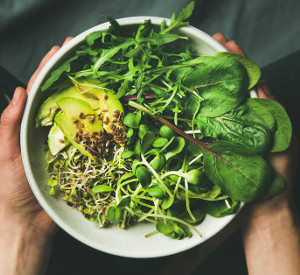
But other, “Water-soluble nutrients like vitamin C and vitamin B and a group of nutrients called polyphenolics seem to be the most vulnerable to degradation in processing and cooking,” she shared. “Fat-soluble compounds like vitamins A, D, E and K, and the antioxidant compounds called carotenoids fare better during cooking and processing.”
Some nutrients require cooking in order to release nutrients. Parker-Pope provided several examples to help clarify. “Canned peas and carrots lose 85 to 95 percent of their natural Vitamin C. After six months, another study showed that frozen cherries lost as much as 50 percent of anthocyanin,; the nutrients found in the dark pigments of fruits and vegetables. Cooking removes about two-thirds of the vitamin C in fresh spinach.”
Some more examples Parker-Pope shared show that boiling was better than steaming, frying, or eating raw when it comes to carrots, broccoli, and zucchini. “However, raw carrots have far more polyphenols, which disappear once you start cooking them.” The key is to use the water in soups, gravy, or sauces after boiling. That way any nutrients that leach during boiling can still benefit you.
Now, an interesting point is brought up by writer Sarah Albert. Referencing nutritionist Christine Filardo, Albert explained that, “The key is to watch out for cooking vegetables too long, and with too much water.” Filardo recommends blanching your vegetables, “Which is when you quickly cook vegetables in boiling water, and remove them when they’re still very crisp, to help preserve the color and nutrients.”
Time is also a critical factor. That’s why Filardo highly recommends frozen vegetables. These are often just as, “Healthy as fresh veggies, especially if the fresh ones have been collecting dust for a few days in your fridge.” These vegetables are often harvested straight from the field, then blanched and frozen right away.
The Bottom Line
Plants are beneficial on so many levels from disease-fighting potential, restoring our body’s nutrients, to slowing the process of aging. We absolutely need to eat more of them. Harvard T.H. Chan School of Public Health recommends consuming the higher average of vegetables and fruits per day in order to lower cardiovascular disease risks. Compared to those who had less than 1.5 servings a day, people who averaged 8+ servings per day were 30 percent less likely to have had a heart attack or stroke.
If you take their advice and rotate between raw, cooked, frozen, steamed, boiled, and blanched vegetables, your health just may improve. So the next time you go shopping for food, focus on the whole food section. Start a new healthy revolution by energizing yourself with healthy vegetables, and watch yourself change for the better!
DISCLAIMER: This post is not intended to replace the advice of a medical professional. The above information should not be used to diagnose, treat, or prevent any disease or medical condition. Please consult your doctor before making any changes to your diet, sleep methods, daily activity, or fitness routine. ProForm assumes no responsibility for any personal injury or damage sustained by any recommendations, opinions, or advice given in this article.
Sources:
https://www.choosemyplate.gov/eathealthy/vegetables/vegetables-nutrients-health
https://www.nytimes.com/2010/10/05/health/05brody.html
https://www.healthline.com/nutrition/29-cheap-healthy-foods
https://www.healthline.com/nutrition/foods-high-in-vitamin-k
https://ods.od.nih.gov/factsheets/VitaminC-HealthProfessional/
https://www.aoa.org/patients-and-public/caring-for-your-vision/nutrition/lutein-and-zeaxanthin
https://www.healthline.com/nutrition/lutein-and-zeaxanthin
https://www.healthline.com/nutrition/foods/bell-peppers
https://www.healthline.com/nutrition/sweet-potato-benefits
https://www.healthline.com/nutrition/12-proven-benefits-of-avocado
https://www.healthline.com/nutrition/10-proven-benefits-of-kale
https://www.ncbi.nlm.nih.gov/pubmed/17997520
http://blog.arthritis.org/living-with-arthritis/onions-prevent-inflammation-arthritis-diet/
https://www.healthline.com/nutrition/edamame-benefits
https://www.healthline.com/nutrition/pumpkin
https://www.ncbi.nlm.nih.gov/pubmed/18028575
https://www.webmd.com/food-recipes/features/how-to-keep-your-veggies-vitamin-packed#1
https://www.hsph.harvard.edu/nutritionsource/what-should-you-eat/vegetables-and-fruits/
